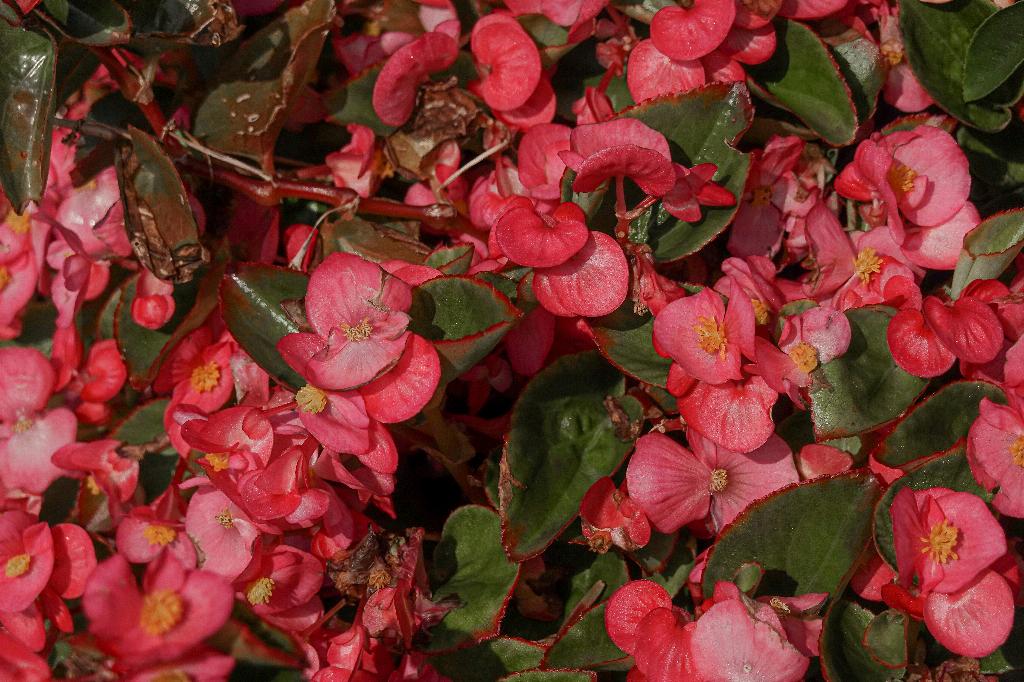Overwintering begonias can be a rewarding experience, ensuring that these beautiful plants survive through the colder months and thrive again come spring. Whether you have indoor begonias or outdoor ones that need to be transitioned inside, proper care during the winter months is essential for their health and longevity.
For indoor begonias, the process of overwintering is relatively simple. These plants are designed to be comfortable in the home environment, so all you need to do is continue to provide them with the care they need throughout the winter. Make sure they receive adequate light, water, and humidity to keep them happy and healthy.
Outdoor begonias, on the other hand, require a bit more attention when overwintering. As the temperatures drop, it’s crucial to bring them indoors before the first frost hits. Find a cool, frost-free indoor spot where they can spend the winter months without being exposed to harsh conditions.
If you have tuberous begonias in your garden, the process of overwintering is slightly different. In the autumn, cut back the foliage and dig up the tubers. Allow them to dry out completely before storing them in a cool, dark place. You can either store them as bare tubers or in dry soil to protect them during the winter.
Proper winter protection is key when it comes to overwintering begonias. Whether they are indoor or outdoor plants, providing them with the right conditions will help them survive and thrive. Be mindful of their specific needs and adjust your care routine accordingly to ensure their well-being.
When preparing your outdoor begonias for winter, take the time to inspect them for any signs of pests or diseases. Treating any issues before bringing them indoors will prevent further spread and help your plants stay healthy during the winter months.
As you transition your begonias indoors for the winter, be sure to acclimate them gradually to the new environment. Sudden changes in temperature or light levels can stress the plants, so take your time moving them indoors and provide them with the care they need to adjust smoothly.
During the winter months, be mindful of the watering needs of your begonias. While you may need to water them less frequently than during the growing season, it’s essential to ensure they don’t dry out completely. Monitor the soil moisture levels regularly to keep your plants healthy.
Providing adequate light for your indoor begonias is crucial during the winter months when natural light levels may be lower. Consider supplementing with grow lights if needed to ensure your plants receive the light they need to thrive. Position them near a bright window while avoiding direct sunlight to prevent scorching.
Humidity levels can drop in indoor environments during the winter, which can affect the health of your begonias. To provide them with the humidity they need, consider placing a humidifier near your plants or grouping them together to create a more humid microclimate. Misting the foliage can also help increase humidity levels.
Regularly inspect your overwintered begonias for any signs of stress or pest infestations. Keeping a close eye on your plants will allow you to address any issues promptly and prevent them from escalating. Treat any pests or diseases as soon as you notice them to protect the health of your begonias.
As the winter months come to an end and spring approaches, start preparing your indoor and outdoor begonias for the transition back outside. Gradually acclimate them to the outdoor environment, taking care to protect them from sudden temperature changes or strong sunlight. Once the risk of frost has passed, you can safely move your begonias back outdoors to enjoy the warmer weather.
In conclusion, overwintering begonias requires attention to detail and a commitment to providing the right care for these beautiful plants. Whether you have indoor or outdoor begonias, following these guidelines will help ensure their health and longevity through the winter months, setting them up for a successful growing season ahead.

